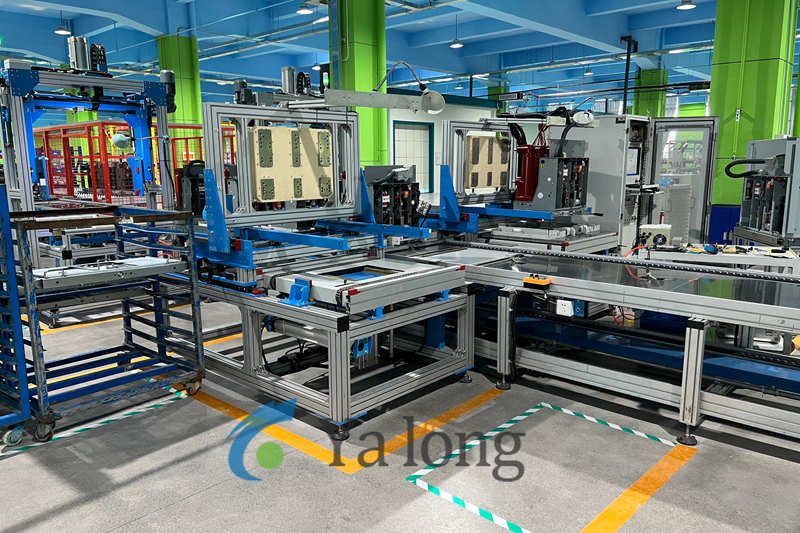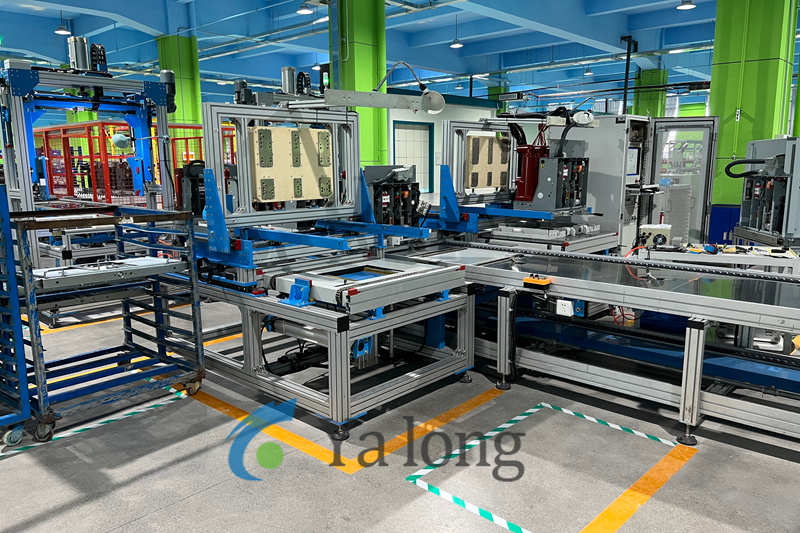I. Automated processing equipment for circuit breaker production line:
1. Robot arms and collaborative robots: Multiple industrial robots (such as six-axis robotic arms) are responsible for grasping and installing precision parts (such as screw tightening, terminal crimping), and cooperate with the vision system (camera) for positioning to achieve high-precision operation and reduce manual errors.
2. Servo drive and guide rail system: Key workstations use linear guide rails and rotating platforms driven by servo motors to ensure stable motion trajectories and meet the precise assembly requirements of core components such as circuit breaker contacts and arc-extinguishing chambers.
II. Material management and transportation system for circuit breaker production line:
1. Flexible feeding: Adopt automatic feeding devices such as vibrating discs and intelligent silos, and cooperate with PLC programs to realize automatic sorting of parts and early warning of material shortage, supporting multi-model mixed-flow production.
2. AGV/roller table: Semi-finished products are circulated between stations through roller table conveying lines or AGV carts, and buffer areas are set at key nodes to balance the rhythm of each process and avoid bottlenecks.
3. Fixtures: Customized tooling plates are adapted to different types of circuit breakers and can be quickly switched to meet the needs of multiple varieties and small batches.
III. Intelligent inspection and quality control of circuit breaker production line:
1. Embedded sensors (such as force sensors and displacement sensors) during the assembly process monitor assembly torque and stroke parameters in real time to ensure compliance with process standards.
2. The dedicated test bench integrates functions such as withstand voltage test, on-off test, and short-circuit protection action characteristic test to automatically collect data and automatically sort substandard products.
3. The visual inspection system identifies problems such as appearance defects of parts, missed screws, and misplaced labels to achieve non-contact full inspection.



